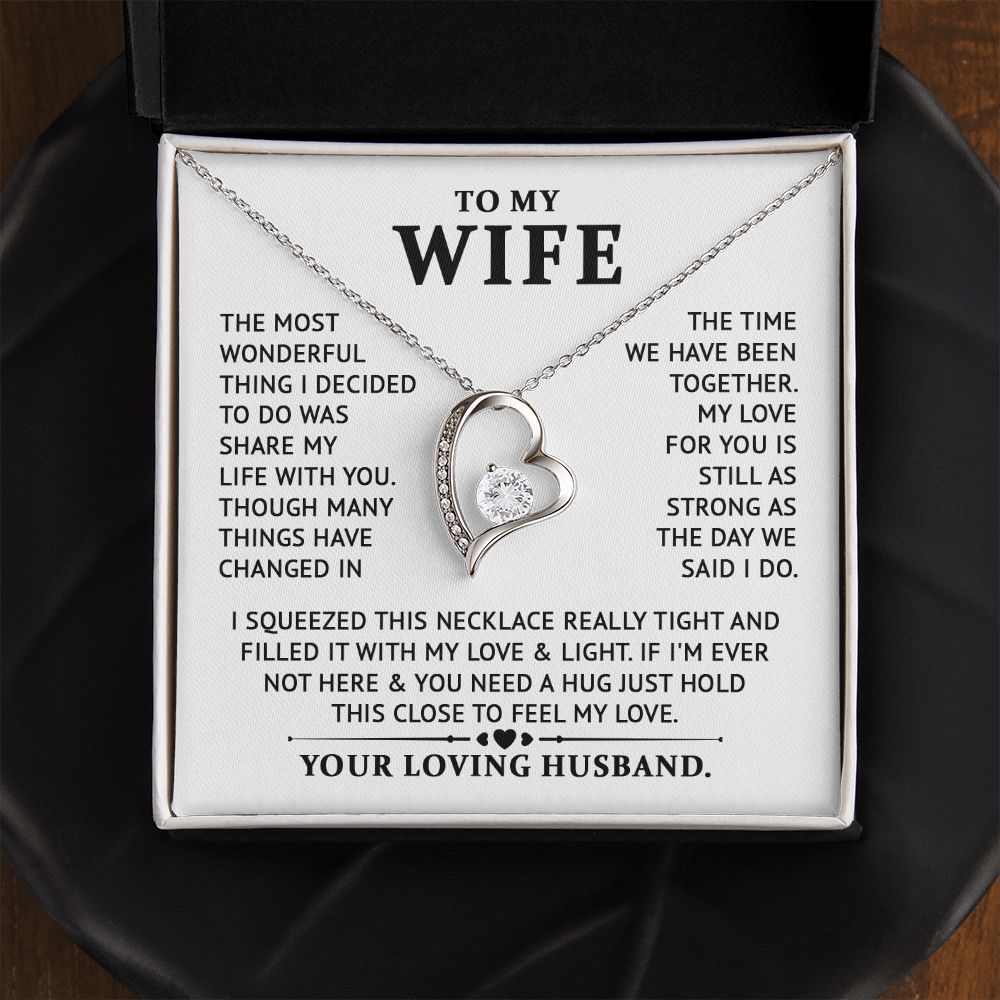How to Tell If a Necklace is Sterling Silver?
Sterling silver is a popular metal for jewelry, but it can be difficult to tell if a piece is actually sterling silver. Here are a few things to look for: The first thing you should do is check the piece for a stamp that reads “sterling” or “925.”
This is usually found on the clasp of a necklace or bracelet, or on the inside of a ring. If there is no stamp, that doesn’t necessarily mean the piece isn’t sterling silver it could just mean that the stamp has worn off over time.
Another way to tell if a piece is sterling silver is by its color. Real sterling silver will have a very pale hue, close to white. If the piece you’re inspecting looks yellowish or has a greenish tint, it’s likely not real sterling silver. You can also test the metal with a magnet.
How Do You Test for Sterling Silver?
Sterling silver is a popular material for making jewelry, flatware, and other items. But how can you tell if an item is really made of sterling silver?

There are a few simple tests that you can perform at home to find out.
One test is to use a magnet. Sterling silver is not magnetic, so if the piece you're testing is attracted to a magnet, it's not sterling silver.
Another test is to look for a stamp or tag that says "sterling" or ".925." This indicates that the piece is made of sterling silver.
Finally, you can try the acid test. Place a drop of nitric acid on a small area of the piece. If the silver turns green, it's sterling silver; if it turns black, it's not.
With these simple tests, you can be sure that the next piece of sterling silver jewelry you buy is the real thing.
How Can You Tell If Something is Sterling Silver Or Plated?
When it comes to silver, there are two main types: sterling silver and silver plated. Here are a few tips to help you tell the difference:
- Look for a hallmark. Sterling silver will always be stamped with a mark indicating its purity, such as ".925" or "sterling." Silver plated items may also be stamped, but these markings will usually be on the back or bottom of the piece.
- Inspect the surface. Pure silver is extremely soft, so it's easy to scratch or dent. If you see any signs of wear on the surface of the piece, it's likely that it's silver plated.
- Check the weight. Sterling silver is a lot heavier than other metals, so if you pick up a piece and it feels light, it's probably silver plated.
- Hold a magnet up to it. Sterling silver is not magnetic, so if the piece is attracted to the magnet, it's not real silver.
- Use a acid test kit. This is the most reliable way to test for sterling silver. Simply apply a drop of acid to a small area of the piece and check for a color change. If the area turns green, it's sterling silver; if it turns black, it's silver plated.
Will a Magnet Stick to Sterling Silver?
No, a magnet will not stick to sterling silver. Sterling silver is made of 92.5% pure silver and 7.5% other metals, usually copper. The small percentage of other metals makes sterling silver harder than pure silver, but it also makes it less susceptible to being attracted by a magnet.
How Can You Tell the Difference between Silver And Sterling Silver?
Sterling silver is an alloy of silver containing 92.5% by weight of silver and 7.5% by weight of other metals, usually copper. The sterling silver standard has a minimum millesimal fineness of 925.
Fine silver (99.9% pure) is generally too soft for producing functional objects; therefore, the silver is usually alloyed with copper to give it strength while preserving the ductility and beauty of the precious metal.
The term "sterling" Silver refers to a specific purity or fineness of Silver, i.e., it must be at least 92.5 percent Silver, with the rest being made up of another element such as Copper.
How to Tell If Silver is Real With a Lighter?
If you're not sure if your silver is real, there's an easy way to test it with a lighter. First, make a small scratch on the surface of the silver. Then hold the lighter up to the scratch and see if it turns black.
If it does, then your silver is real. If it doesn't, then it's probably fake. This test works because real silver is a good conductor of electricity and heat.
That means that when you apply a flame to it, the metal will conduct the heat away from the flame quickly. Fake silver, on the other hand, is not a good conductor and will therefore heat up more slowly.
How to Test Silver With Vinegar?
When it comes to testing silver, vinegar is one of the most common household items that can be used. All you need is a bowl of white vinegar and a clean cloth. First, simply put the silver item into the bowl of vinegar for two to three minutes.
Afterward, take it out and use the cloth to wipe away any residue on the surface of the silver. If there is a blackened reaction on either the cloth or silver itself, then this is an indication that your silver is not real.
Conclusion
If you're not sure if a necklace is sterling silver, there are a few ways to tell. First, check the clasp. Sterling silver will usually be stamped with "ster," "sterling," or "925."
If there's no stamp, that's not necessarily a sign that it's not sterling silver - some jewelry doesn't have any stamps at all.























